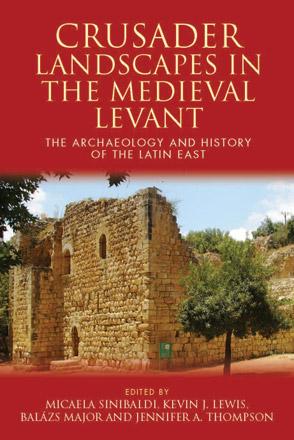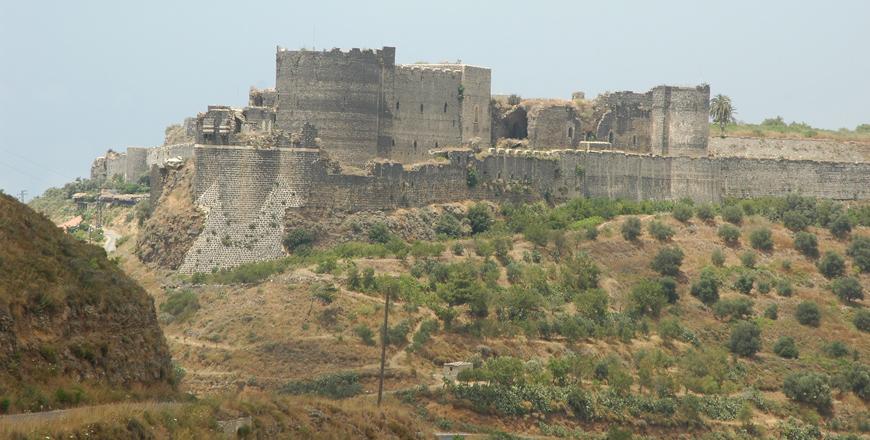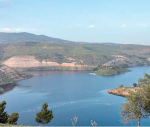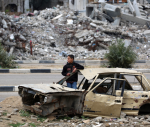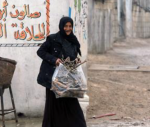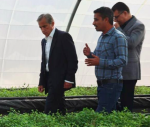You are here
Workshop explores archaeology of Islamic, Crusader periods
By Saeb Rawashdeh - Jul 01,2021 - Last updated at Jul 01,2021
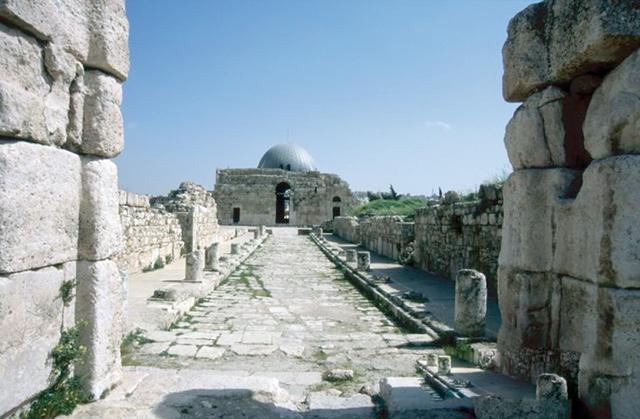
The Umayyad audience hall at the Amman Citadel (Photo courtesy of ACOR)
AMMAN — Archaeology of architecture is the application of the archaeological methods to the study of historical buildings, noted a Spanish archaeologist at an online workshop titled “The History and Archaeology of the Islamic and Crusader Periods: Some Reflections on Methods and Methodologies of Research”.
The workshop was organised between June 24 and June 26 by visiting Professor Micaela Sinibaldi from Shanghai International Studies University.
“I have invited colleagues who, through the illustration of their case studies, can show us some of the many ways archaeology and history can investigate the past. The topic is always of crucial importance, especially in archaeology, where updates in methods of study are often needed,” Sinibaldi said.
“There is also a growing need for more cooperation across disciplines, as we aim at reconstructing the past to higher levels of detail and objectivity,” Sinibaldi added.
For Michelina Di Cesare from Sapienza University of Rome, discussing archival material to understand early Islamic archaeology from the early 20th century is crucial.
“Indeed, the results of these excavations were often partially published accompanied by a scant graphic and photographic documentation, whereas several data are now lost due to the poor or complex state of preservation of the sites,” Di Cesare said.
However, significant information, leading to the reassessment of the interpretation of evidence can precisely be retrieved by studying the maps, plans and sections, drawings and notes made during these excavations and still kept in archives, Di Cesare elaborated.
Talking about preservation and presentation of material culture in the transitional period from the Late Antiquity to Umayyad period, Professor Ignacio Acre from the German-Jordanian University emphasised the link between a historical building and archaeological methods applied on the archaeological site.
“We’ve seen the shift in last decades from the biographies of individual sites to space relationships and land use and the interest in territoriality,” noted Professor Aleks Pluskowski from the University of Reading, UK.
He stressed that the role of environmental archaeology is to conclude how natural resources and their exploitation supported Frankish settlements in the Levant.
“We can think about the adaptation of Western migrants who arrived to the east Mediterranean that was the mosaic of different vegetation zones,” Pluskowski said.
He added that of importance for Frankish settlers was their relationship with resident population, exploitation of natural resources, supporting the fortress and planning settlement communities.
Heather Crowley from California State University studied the relationship between Frankish landlords and local settlements by analysing soil typology and settlement locations.
“I suggest that soil reflects a kind of historic landscape. It’s rare for studies of the Frankish period to take into consideration the link between the soil condition and settlements,” Crowley said, noting that there is more data provided by the ecclesiastic institutions than secular owners.
On the other hand, Qalat Al Marqab, a castle of Knights Hospitaller in northern Syria, has been researched by a Syrian-Hungarian archaeological mission from 2007.
“We know that the castle was established in 1062 and it came into hands of Crusaders in 1117/18,” said Major Balasz from Pazmany Peter Catholic University, noting that King Andrew II of Hungary visited the castle in 1218 and he made permanent annual donations on Easter.
Finally, in 1285 Mamluks took the castle back to Muslim hands, Balazs said, adding that the castle underwent a few phases of reconstructions.
To better understand the castle, the research team has conducted geophysical researches, archaeological excavations, restoration of artefacts, wall painting research and anthropological research of the mediaeval cemetery, Balasz said.
“The harvesting and storing of water for the castle was one of the most important tasks of mediaeval engineers,” Balasz said, adding that the team will soon resume its research at Qalat Al Marqab.
Related Articles
AMMAN — Environmental archaeology is the interdisciplinary study of past human interactions with the natural world, according to a British a
AMMAN — Academics have often relied on “old-fashioned views” when it comes to understanding the Crusader period, and these views have also a
AMMAN — Margat Castle, also known as Qal’at Al Marqab, located 2 kilometres away from the Mediterranean coast, near Antioch, is one of the l



